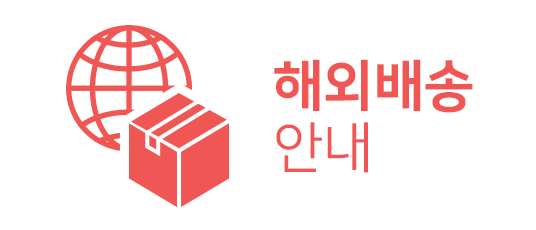Sustainable Groundwater Management for Socio-economic Development in W…
페이지 정보
작성자Sonia 댓글 0건 조회 352회 작성일 23-11-08 16:14본문
VPN 서비스 India is the largest consumer of groundwater in the world. About 90% of the country's groundwater usage is mainly for satisfying agricultural needs, followed by domestic and industrial requirements. The uncontrolled groundwater exploitation has led to a decline in groundwater levels and the drying of shallow aquifers. The rocky aquifers occupy 65% of the land area of India.The lack of proper water usage regulations, free electricity for irrigation and solar-based bore wells have aggravated groundwater depletion and groundwater quality in many parts of the country.Groundwater is the primary source of agriculture-based income in the rural areas of Telangana state, especially in the scanty rainfall regions. 플레이스토어 검색 Managed Aquifer Recharge (MAR) can augment rainfall recharge, and it is successful at many locations across India. The present study is one case study where CSIR-National Geophysical Research Institute (CSIR-NGRI) successfully implemented MAR through community participation, leading to a paradigm shift in agriculture-based income in three villages situated in Choutuppal Mandal, Telangana.CSIR-NGRI carried out extensive geo-hydrological investigations towards Managed Aquifer Recharge (MAR) and identified a suitable area with a considerable thickness of the weathered layer connected with lineaments for constructing a percolation tank. Based on the technical inputs provided by CSIR-NGRI, the village communities started building the percolation tank with financial support from Mahatma Gandhi 채팅솔루션 National Rural Employment Scheme (MGNRES). They completed the same before the onset of the monsoon in 2015. The constructed area of the percolation tank is 5.22 acres with a maximum water depth of 3.3 m.The percolation tank received a good amount of runoff during the monsoon period in the year 2015 that has helped to recharge the aquifer. It is observed that defunct borewells have become productive, and low productive borewells have become productive by the end of 2016. The deeper groundwater levels have become shallow and came close to the ground surface. The observed groundwater levels revealed that deeper groundwater level, which is at 스마트폰콜백 >30 m bgl has come to <20 m bgl and the general average groundwater water level has come close to the ground surface (7.7 m bgl) from <22 m bgl. Center for Economic and Social Studies (CESS), Ministry of Human Resource Development, Government of India, Hyderabad has made a Socio-economic Impact analysis of this S&T intervention.The construction of a percolation tank aimed at managed aquifer recharge has improved groundwater conditions and socio-economic status of local communities. This intervention has created an opportunity for farmers to switch to paddy cultivation with two crops per year from low-yielding cotton cultivation. Other than paddy, gram, maize and vegetables 자동콜백 are also being cultivated. The cultivation area has increased, which has resulted in a three-fold increase in agriculture-based incomes.The improved groundwater conditions have helped the rural community to better manage animal husbandry and poultry. Due to increased water availability, the flourishing rural activities have triggered reverse migration with people returning to their villages.The CSIR-NGRI intervention is scalable and can be implemented in the hard rock areas where groundwater management is challenging. The state and central groundwater departments and research institutes can involve the village communities in the planning and implementation of MAR. Dr M. J. NandanSenior Principal ScientistCSIR-National Geophysical Research Institute
- 이전글아동 남아 여아 남매잠옷 100호-130호 키즈잠옷 23.11.08
- 다음글Solar cells that harvest indoor light to produce energy 23.11.08
댓글목록
등록된 댓글이 없습니다.


